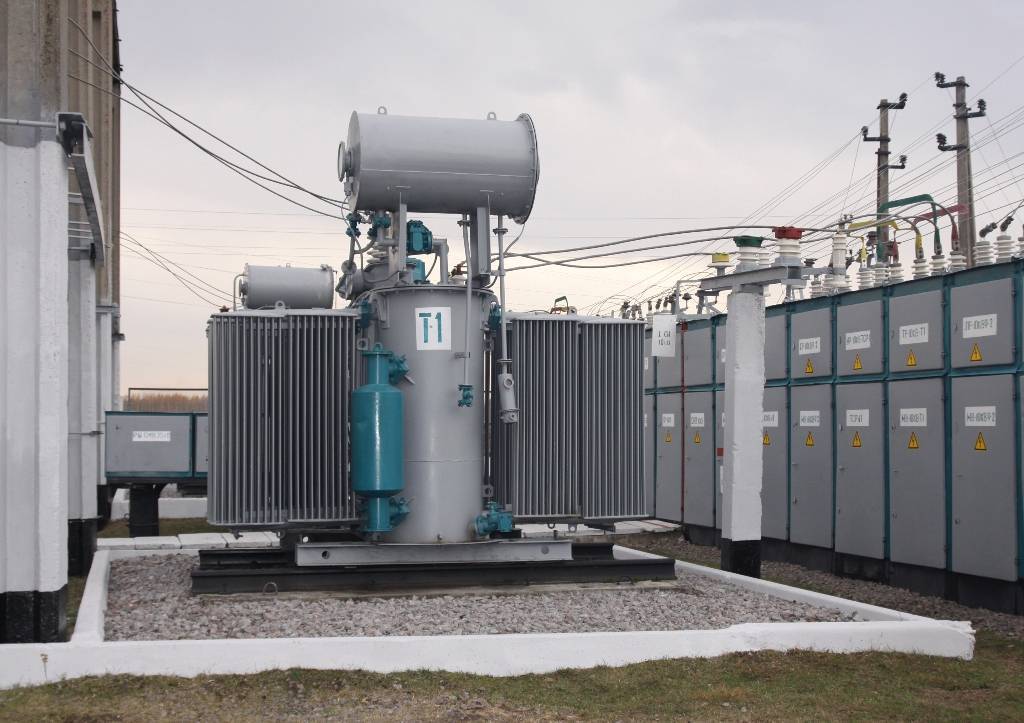The application of oil is very wide. It is used in transformers, oil circuit breakers, high-voltage capacitors and power cables. Oil in transformers – provides insulation, reduces heat, also fills the tank in oil circuit breakers.
Continuous development of electrical engineering sets higher requirements to the purity of transformer oil.
Experts agree that – service live of a transformer directly depends on service life of its insulation system, which is defined by purity of oil used, and its exposure to various contaminants during its use. Air (oxygen), mechanical particles and water are the most dangerous contaminants.
Contact with oxygen and water makes oil oxidized even in ideal conditions. When overloaded and overheated, transformers may be contaminated with dirt, which increases viscosity of oil, thereby reducing its thermo regulating capacity.
Transformer oil purification is the process of extracting moisture, acid, dirt and other undesirable components (unsaturated hydrocarbons, asphalt and tar sulfur and nitrogen compounds).
To perform high-quality cleaning there are following methods:
- mechanical methods (filtration, centrifugation, sedimentation): removal of free water and solid contaminants;
- thermo-physical methods (evaporation, vacuum distillation);
- physico-chemical methods (coagulation, adsorption);
- chemical methods – when everything else fails
In order to remove condensed and dispersed water – centrifugation or filtration is used. If there are water molecules in transformer oil – vacuuming or adsorption methods are used.
The adsorption method is quite effective. It uses hard porous materials (adsorbents).
There are three methods of adsorption treatment:
- Percolation;
- Contact;
- Countercurrent contact.
In percolation method the oil is filtered through a layer of granular sorbent (for example, silica gel).
Contact adsorption is restoration of transformer oil in contact with a powdered adsorbent at 70-75°C. After completion, a filter press separates adsorbent from the oil. The main disadvantage of the contact purification is utilization of large amounts of used adsorbent, that contaminates the environment.
Countercurrent absorption – where oil and absorbent move in different directions against each other.
Usually adsorbents are solid porous bodies – silica gel, alumina, aluminosilicate compounds, bleaching clay and synthetic zeolites.
Purification is achieved in a single pass, which is the most effective and economical method of purification. GlobeCore technology in CMM oil purification plant can significantly improve oil quality and its breakdown voltage. If oil is not purified in a single pass for whatever reasons, use the circulation method. The breakdown voltage depends on the multiplicity of passes and the volume of oil passing through a purifier.
Using the CMM oil purification plant allows to:
- Reduce water content in the oil;
- Reduce acidity;
- Remove mechanical impurities;
- Increase the breakdown voltage.
GlobeCore – gives transformer oil a second life !

